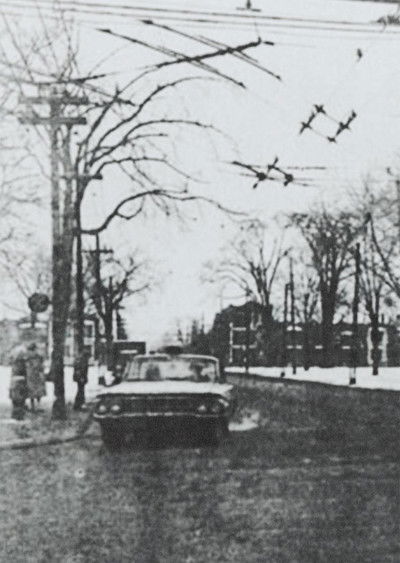One Second in Montreal
Genres
Documentary
OverView
A silent succession of black-and-white photographs of the city of Montreal.
Others
Budget
$--
Revenue
$--
Status
Released
Original Language
English
Runtime
18 mins
Rating
5.5/10
Release Date
25 September 1969
Country
Canada
